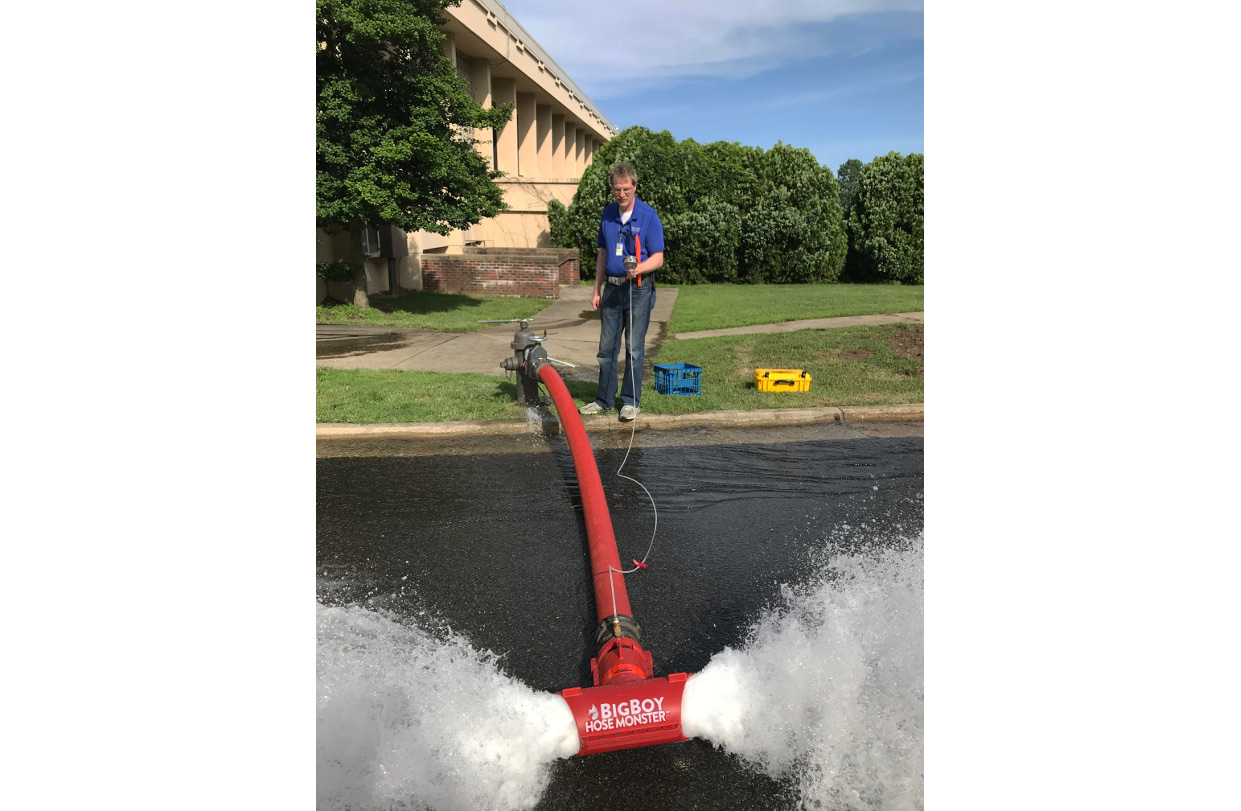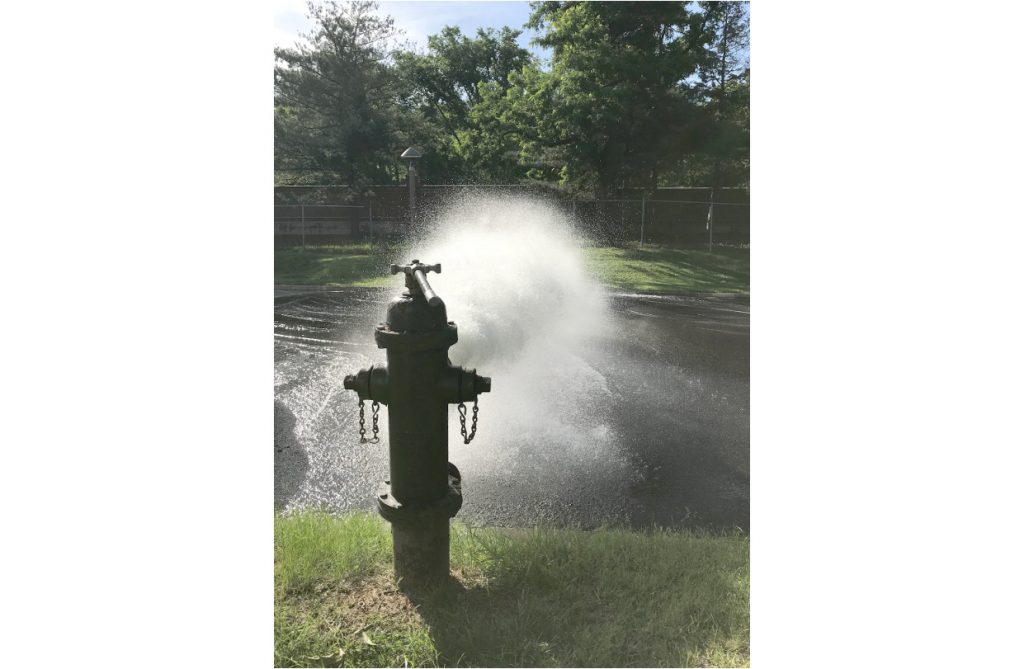Going With The “Flow”

Think fire hydrants only provide water for fire trucks during emergencies? Or serve as a means of relief during hot summer months? Think again. That hydrant helps to determine whether the water supply can meet the demands of a building’s fire suppression system reliably. When the fire suppression system is replaced, a fire hydrant water flow test must be conducted to validate the new system will function as designed and in accordance with applicable regulations.
Summer Consultants worked with Joint Base Anacostia-Bolling (JBAB), a 905 acre military installation in Washington, DC, to renovate a prominent facility’s sprinkler system. A water flow test was required to determine the available pressure and flow rate from the public utility. The water supply data was then compared to the fire suppression system water demands to validate the system.
A successful fire hydrant water flow test is 50% planning and 50% execution. Remember that initial image of the hydrant spraying water to provide relief from the heat? A fire hydrant test looks nothing like that. No one enjoys the blocked roads, damaged landscape or flooded streets which can result from these tests. To help minimize the impact, several tasks should be completed prior to the actual test.
- Coordinate with local utility companies, fire department, and additional agencies, as required, to help facilitate the test.
- Review all required testing requirements and protocols. JBAB Department of Public Works (DPW) follows testing and maintenance protocols found in NFPA 25, Standard for the Inspection, Testing, and Maintenance of Water-Based Fire Protection Systems. NFPA 291, Recommended Practice for Fire Flow Testing and Marking of Hydrants, provides all requirements associated with fire hydrants.
- Research the underground utility to determine the appropriate fire hydrants to test.
On a warm summer day, JBAB DPW, Pete Collat, and I conducted the fire hydrant water flow test. The test included the following steps:
1. Identification of the pre-determined pressure hydrants/flow hydrants
2. Flush fire hydrants
3. Attach pressure gauge to pressure hydrant
4. Measure flow at flow hydrant
5. Document flow test data
We still flooded the streets, but with proper planning and coordination, your water flow test will go smoothly, as it did for us at JBAB. After all, as Alexander Graham Bell said, “Preparation is a key to success.”


Comments